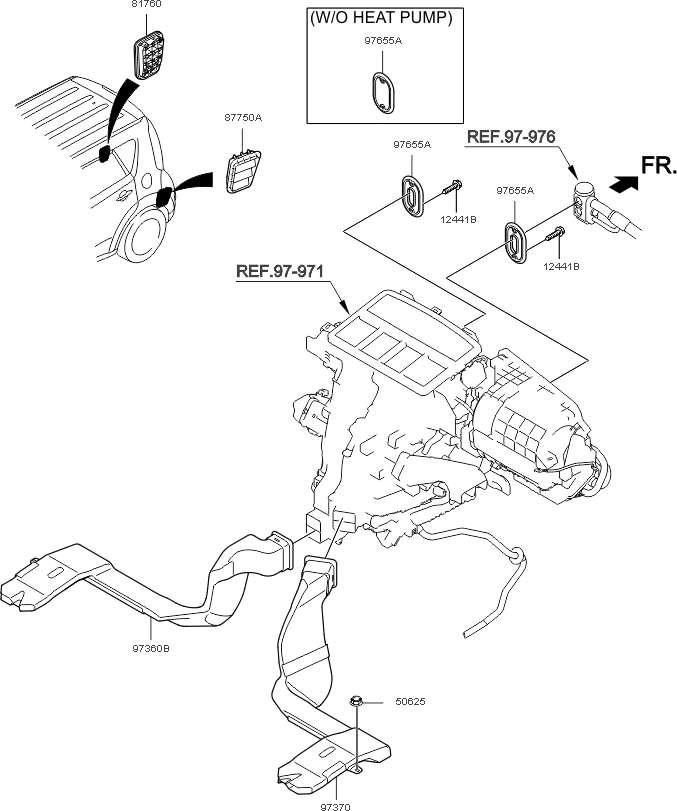A few days back in the Facebook group for Canadian Kia Soul EV owners (https://www.facebook.com/groups/783719698403049/) a topic of winter driving tips came up and a video was made regarding it.
*Credit to Dan for the tip.
https://youtu.be/WhcRgSlEBWI.
))UPDATE(( Here's Night 2 of the test to see which method of winter driving is better. Interesting results.
https://www.youtube.com/watch?v=pOE9kiri-Ns
*Credit to Dan for the tip.
https://youtu.be/WhcRgSlEBWI.
))UPDATE(( Here's Night 2 of the test to see which method of winter driving is better. Interesting results.
https://www.youtube.com/watch?v=pOE9kiri-Ns

